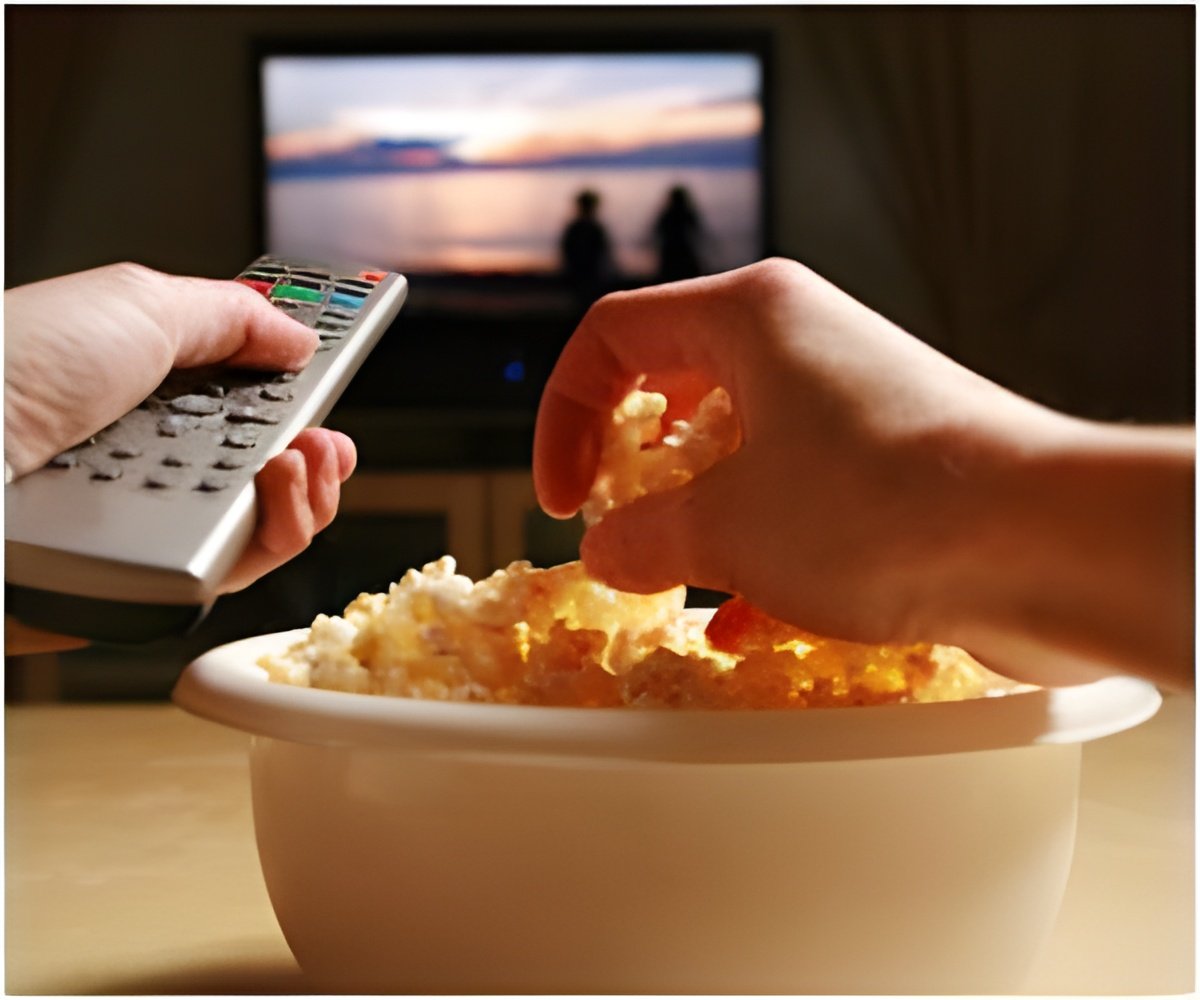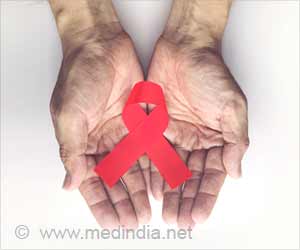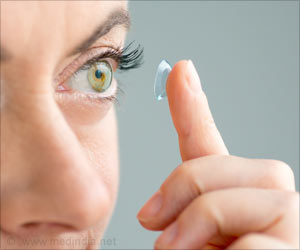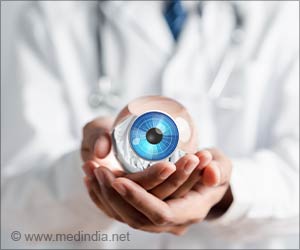An innovative weapon in the form of a wearable, picture-taking device that would help dieters track their daily food intake and expenditure has been developed by researchers

The eButton prototype was the result of research from a four-year NIH Genes, Environment, and Health Initiative grant that ended this year.
"eButton was created to combat obesity, which has become a widespread problem in the United States," said Mingui Sun, lead investigator and Pitt professor of neurosurgery and electrical and computer engineering.
The eButton's reporting extends even further than food and exercise: It can determine the amount of time wearers spend watching TV or sitting in front of a computer screen and how much time they spend outdoors.
It tracks where food is bought, how meals are prepared, which restaurants are visited, and what items are ordered.
The device analyses how long the wearer spends eating, what foods and beverages are consumed, and how the wearer interacts with family or friends at the dining table.
Advertisement
"This multidimensional approach looks at the overall health of eButton wearers, which is more important than just food and exercise alone," said Sun.
Advertisement
The development was reported in Eat Right, a publication of the American Dietetic Association.
Source-ANI














